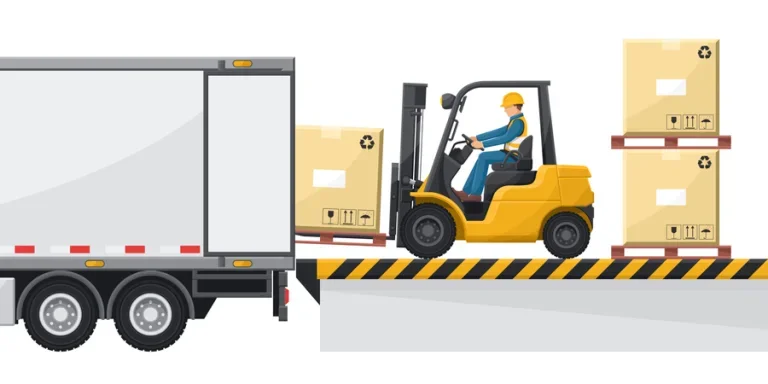Cross-docking has become a crucial aspect in enhancing the speed and efficiency of supply chain operations. This innovative approach to material handling and distribution is transforming traditional warehousing practices and streamlining processes from inbound transportation to outbound shipments.
What is Cross-Docking?
At the core of modern supply chain management lies cross-docking, a strategic practice that involves receiving goods and immediately shipping them out with little to no storage time. This warehouse management system has become an important part of logistics operations for companies seeking to reduce storage costs and bolster overall efficiency.
Supply chain managers recognize the pivotal role cross-docking plays in managing inbound goods efficiently. By avoiding long-term storage, businesses can significantly cut down on warehousing expenses, mitigating concerns related to storage space, labor costs, and inventory management.
Understanding how cross-docking works is important in taking advantage of the benefits it offers. In a cross-docking facility, distributors receive inbound shipments, which are then sorted and consolidated for outbound transportation. This consolidation arrangement minimizes the need for extensive storage, directly impacting transportation costs and streamlining the distribution process.
Types of Cross-Docking
There are different types of cross-docking that are tailored to meet specific logistics needs. Pre-distribution cross-docking involves sorting and consolidating products before they reach the final fulfillment center, optimizing the supply chain from the outset. On the other hand, post-distribution cross-docking involves the streamlined processing of goods after reaching the distribution center, catering to more complex logistics networks.
Benefits of Cross-Docking
Beyond cost savings in storage space and inventory handling, businesses employing cross-docking experience a reduction in transportation costs. The ability to move goods swiftly from the receiving dock to outbound trucks not only minimizes storage time but also allows companies to meet the demands of a just-in-time marketplace.
Innovations in Material Handling
Material handling lies at the core of successful cross-docking operations. Automation, conveyor belts, forklifts, and other advanced technologies have revolutionized how goods move through cross-docking warehouses. Real-time inventory tracking, coupled with an efficient distribution instructions system, ensures that products seamlessly flow through the cross-docking process.
The Wal-Mart Effect
The adoption of cross-docking by industry giants like Wal-Mart has been transformative. By strategically utilizing cross-docking services, Wal-Mart has set a precedent for how companies can optimize their supply chains. The retail giant’s success serves as a testament to the scalability and adaptability of cross-docking practices.
Cross-Docking & Ecommerce
In ecommerce, where customers demand rapid shipping and real-time updates on their orders, cross-docking has emerged as a pivotal solution. Ecommerce businesses are increasingly leveraging cross-docking to meet the swift shipping expectations of their end customers. This evolution aligns seamlessly with the cross-docking philosophy of minimizing storage time and maximizing distribution efficiency.
Overcoming Challenges
While the benefits of cross-docking are evident, challenges persist. Successful implementation requires thorough forecasting and inventory management. Additionally, companies must navigate the complexities of coordinating with various transportation services, optimizing cross-docking facilities, and ensuring that the entire supply chain operates smoothly.
The Future of Cross-Docking
As the logistics landscape continues to evolve, cross-docking will continue to play a central role in shaping the future of supply chain management. The ongoing integration of technologies, the rise of automation, and the exploration of new cross-docking methods will contribute to its sustained relevance in the logistics and fulfillment marketplace.
Bottom Line
Cross-docking is a model of efficiency in the supply chain, offering a solution to the evolving demands of modern supply chain management. From reducing storage costs to streamlining distribution processes, its impact can be seen across many different industries. As companies embrace the transformative potential of cross-docking, the logistics landscape is poised for a future where speed, efficiency, and adaptability are paramount.
Source from DCL Logistics
Disclaimer: The information set forth above is provided by dclcorp.com independently of Alibaba.com. Alibaba.com makes no representation and warranties as to the quality and reliability of the seller and products.




